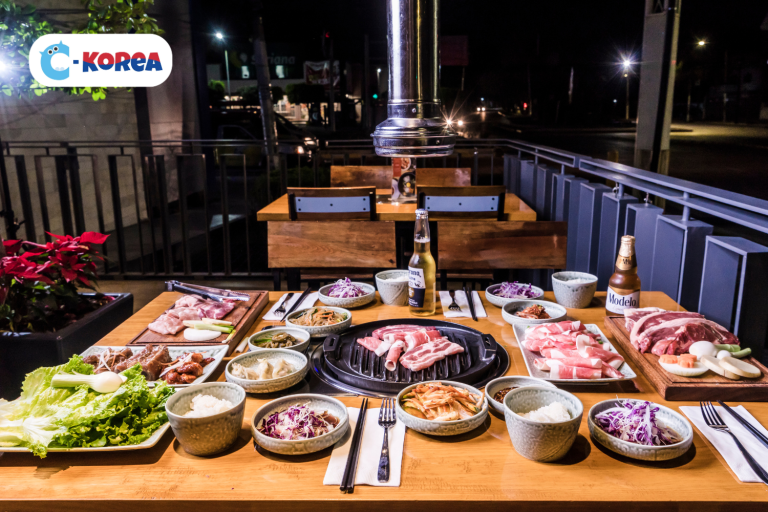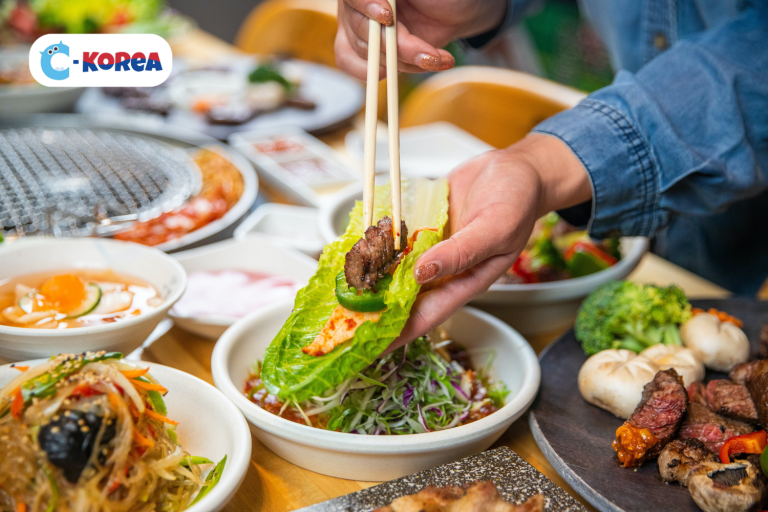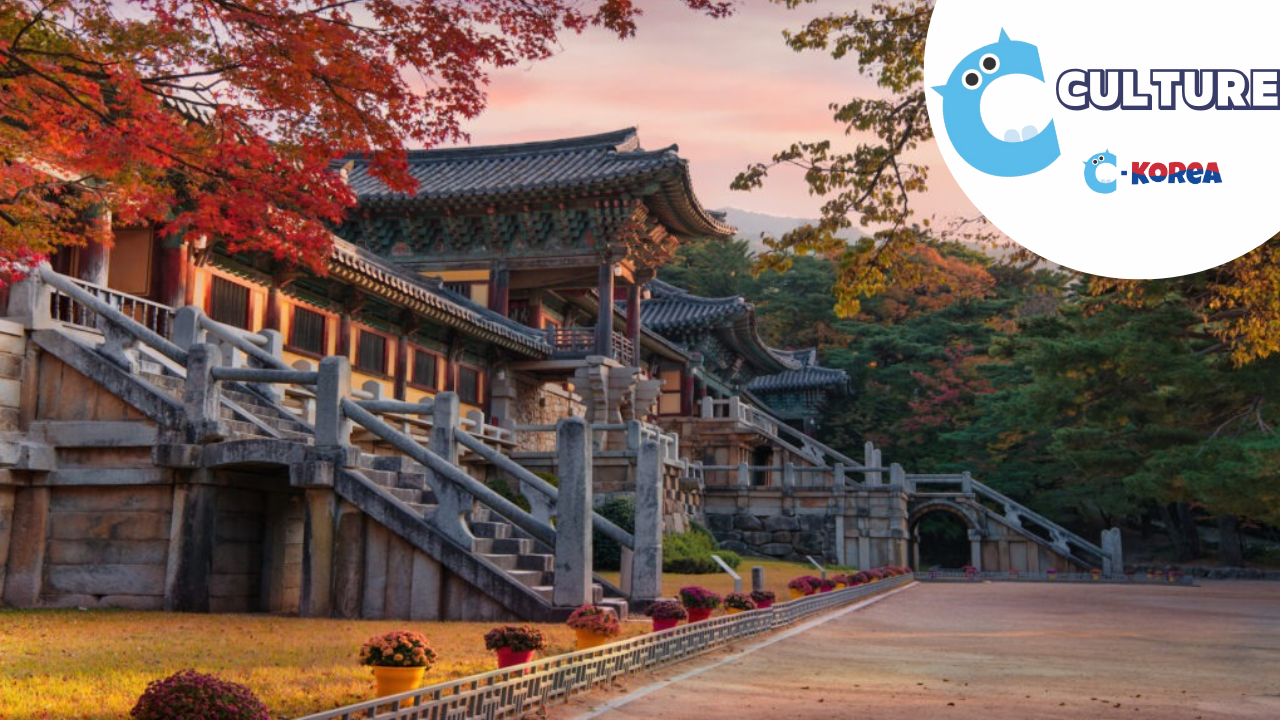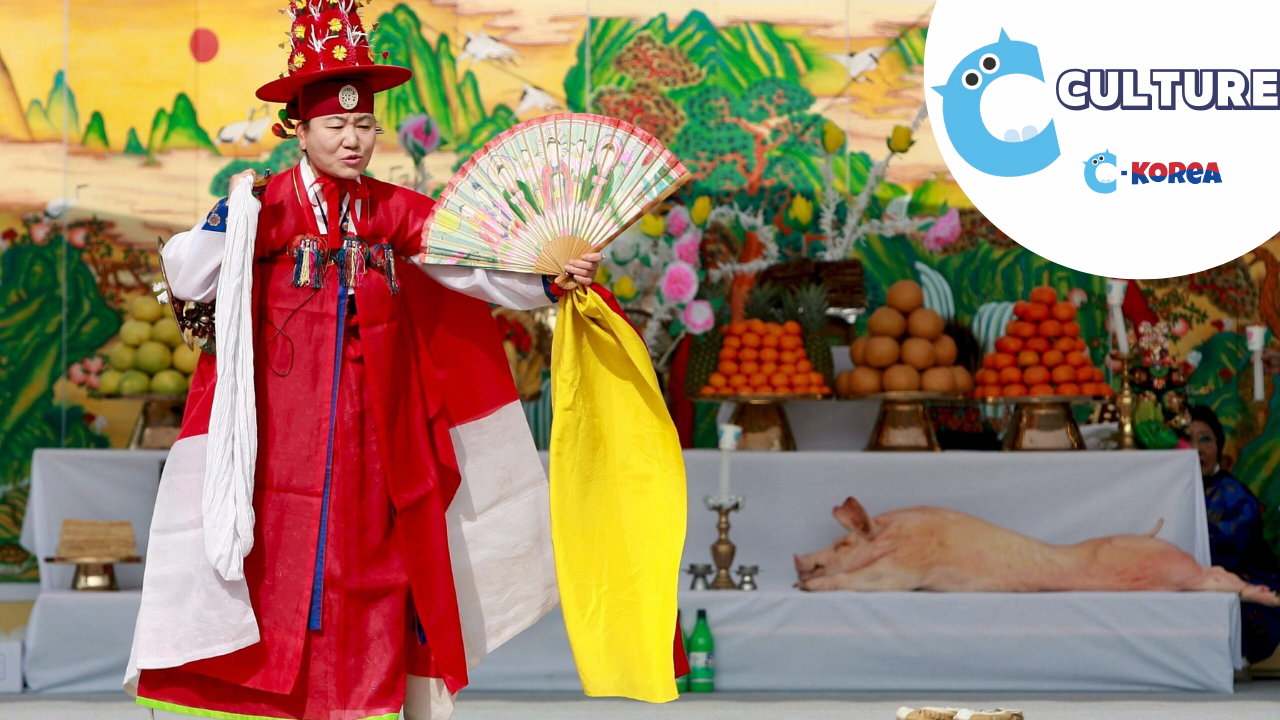Korea is not only famous for Kimchi and K-Pop but also for its unique BBQ, also known as “Samgyeopsal”. With its delicious taste and unique way of enjoying, Korean BBQ has become an indispensable part of the culinary culture of the land of kimchi and is increasingly popular around the world. Let’s learn about BBQ culture in Korea with C-Korea!

History and Origin
Korean BBQ originated during the Goryeo and Joseon dynasties, when people grilled meat over charcoal as the main dish during festivals and family gatherings. Over time, this method of grilling meat has evolved and become a characteristic of Korean cuisine.
Popular Types of Korean BBQ
There are many different types of Korean BBQ, each with its own flavor and way of enjoying:
- Samgyeopsal (Grilled Pork Belly): The most popular type of BBQ, with pork belly grilled directly on the grill, often served with raw vegetables, garlic, chili and sauces.
- Bulgogi (Tender Grilled Beef): Beef marinated in soy sauce, garlic, sugar and sesame oil, then grilled or stir-fried.
- Galbi (Grilled Ribs): Beef ribs or pork ribs marinated in a special sauce and grilled over charcoal.

Korean BBQ Enjoyment Process
Enjoying Korean BBQ is not just about eating grilled meat, but also experiencing the culture and lifestyle of Korean people:
- Preparing Ingredients: Fresh meat is carefully selected and marinated with spices such as soy sauce, garlic, sesame oil, sugar and chili powder.
- Grilling Meat: Meat is grilled directly on the grill, usually on a charcoal grill to preserve its characteristic delicious flavor.
- Served With Raw Vegetables: Grilled meat is often served with raw vegetables such as lettuce, sesame leaves, garlic, chili and kimchi. These vegetables not only enhance the flavor but also help balance nutrition.
- Served With Sauces: Sauces such as ssamjang (soybean sauce) and gochujang (red pepper sauce) are indispensable, making BBQ dishes more flavorful and attractive.

Cultural Values and Meaning
Korean BBQ is not only a dish but also an opportunity to bond with family and friends. Each BBQ party usually lasts for hours, people grill meat together, chat and share joy. This is a time to relax and enjoy life.
Today, Korean BBQ has gone beyond the borders of Korea and become a popular culinary trend around the world. Many Korean BBQ restaurants have appeared in many countries, from Asia, Europe to America, bringing unique culinary experiences to international diners.

Conclude
Korean BBQ culture is not only about the food but also about the way of enjoying it and the cultural significance. From preparing, grilling, eating with raw vegetables and sauces, every step in this process is imbued with the Korean lifestyle and tradition. Try Korean BBQ once to feel the unique flavors and explore the rich culinary culture of the land of kimchi.
If you need more information about the application process, scholarship opportunities, or want to learn more about student life in Korea, do not hesitate to contact C-Korea today. We are always willing to support you on your journey to conquer knowledge and explore the land of kimchi!
For more information about studying and working in Korea , please contact :
C-KOREA CULTURE AND STUDY ABROAD CONSULTING CO ., LTD.
- Address : 5th Floor , 94-96 Nguyen Van Thuong , Ward 25 , Binh Thanh District , Ho Chi Minh City
- Hotline: +84 28 7308 4247
- Facebook: https://www.facebook.com/duhochanquocckorea/
- Tiktok: https://www.tiktok.com/@duhoc_ckorea
- Youtube: https://www.youtube.com/@Duhoc_ckorea















